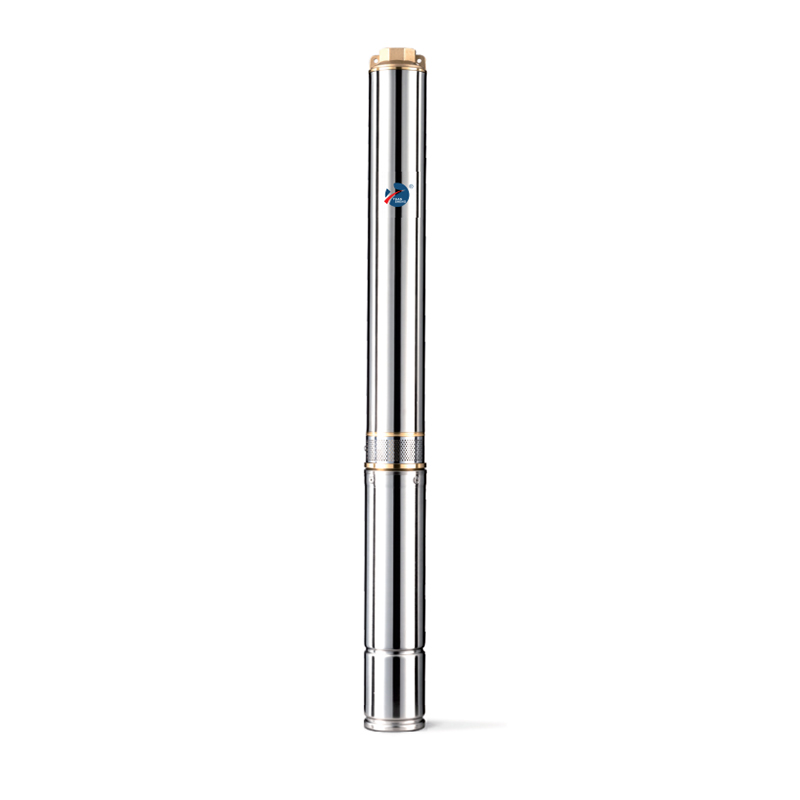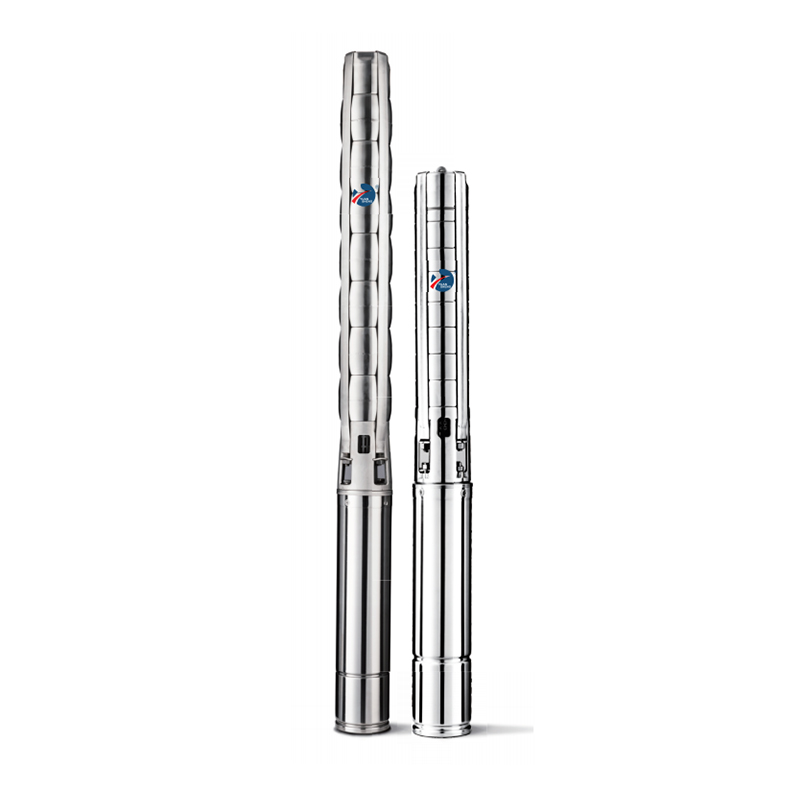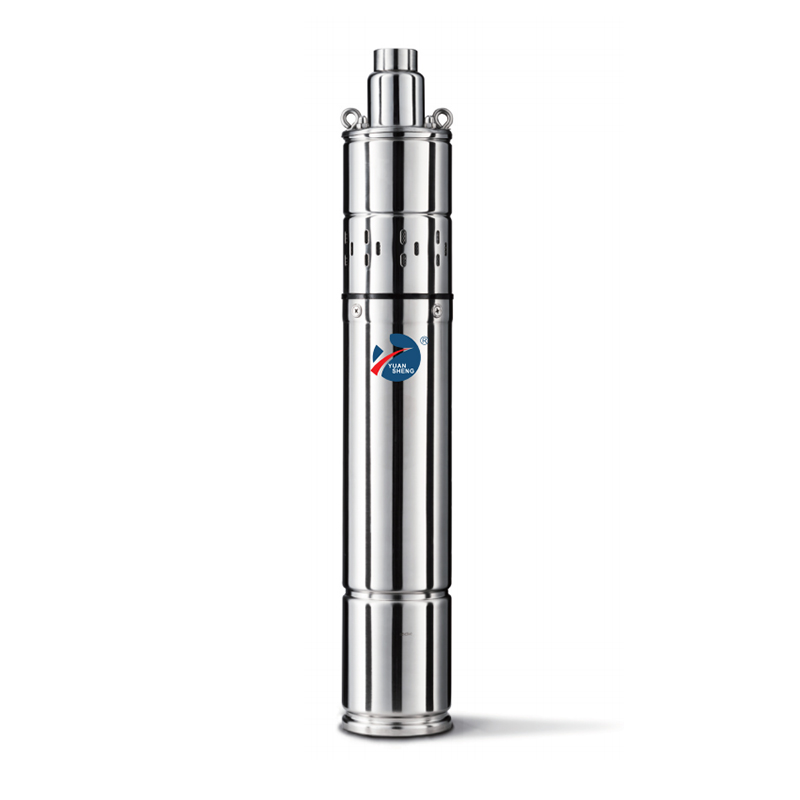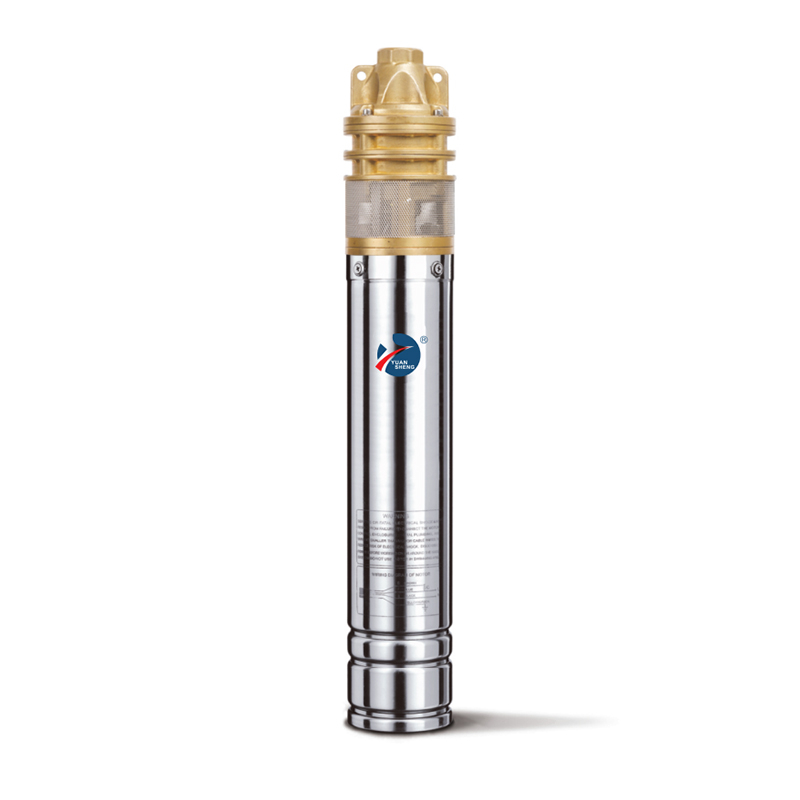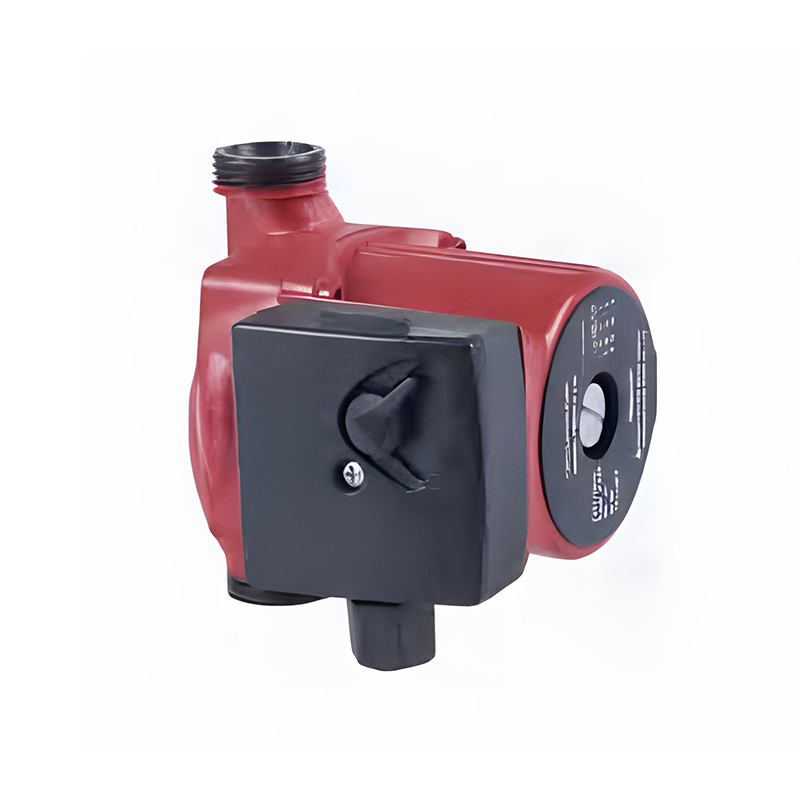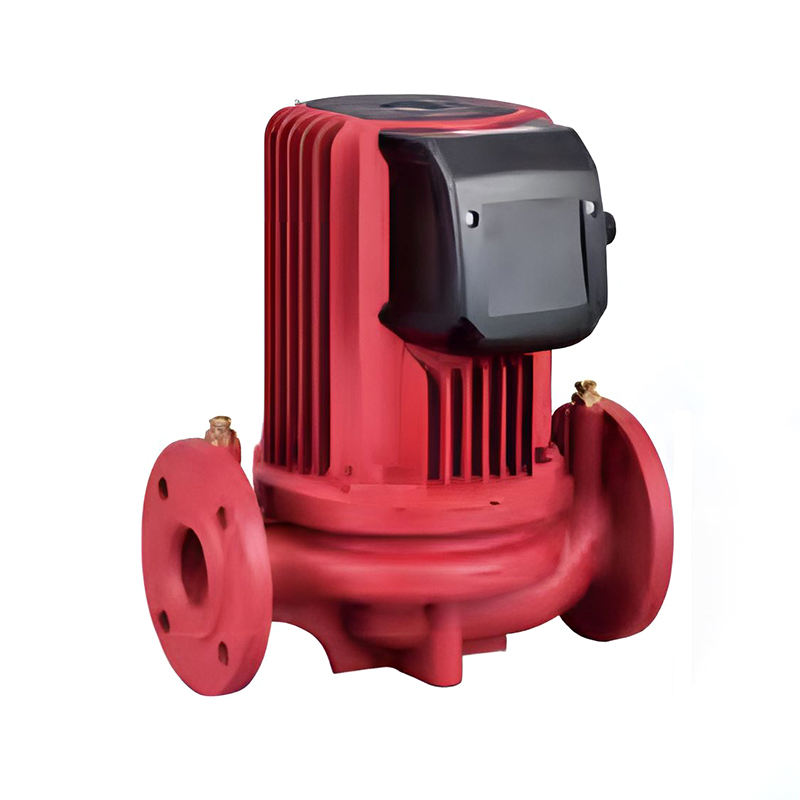In the world of modern fish farming, maintaining optimal water quality is critical to success. One of the many effective tools to achieve this is the aquaculture machine aerator. This equipment plays a pivotal role in sustaining aquatic life by improving dissolved oxygen levels in ponds, tanks, and other aquaculture systems.
An aquaculture machine aerator is specifically designed to enhance oxygenation in water, which is essential for the health and growth of fish, shrimp, and other aquatic species. As these organisms consume oxygen and produce waste, the oxygen levels in water can quickly diminish, leading to stressful or even lethal conditions. By installing an aquaculture machine aerator, farmers ensure that oxygen levels remain stable, reducing the risk of disease and mortality.
There are several types of aquaculture machine aerator units available in the market. These include paddle wheel aerators, diffused air systems, fountain aerators, and venturi systems. Each type is suited for different farm layouts, water depths, and species requirements. For example, paddle wheel models are popular in shrimp farming due to their strong surface agitation, while diffused air systems are ideal for deeper ponds or recirculating aquaculture systems (RAS).
One of the main advantages of the aquaculture machine aerator is its efficiency. Compared to manual water stirring or natural aeration, these machines can deliver significantly higher levels of dissolved oxygen, especially during hot weather when oxygen depletion is most common. This leads to better feed conversion rates, faster growth, and improved overall health in aquatic species.
Energy consumption is an important factor to consider. Fortunately, many modern aquaculture machine aerator systems are designed for energy efficiency. High-efficiency motors, adjustable speeds, and smart timers allow farmers to optimize oxygenation while minimizing electricity costs. Some models are even solar-powered, making them suitable for off-grid or remote locations.
Installation and maintenance of an aquaculture machine aerator are relatively straightforward. Most systems come with easy-to-follow guidelines, and many manufacturers offer technical support. Regular maintenance, such as cleaning air filters or checking the impeller, ensures the unit performs optimally for many years. With proper care, an aquaculture machine aerator becomes a long-term investment in farm productivity.
Another crucial aspect is the impact on water circulation. By continuously mixing the water, an aquaculture machine aerator helps prevent the buildup of harmful gases like ammonia and hydrogen sulfide. It also reduces algae growth and sludge accumulation, creating a more stable and clean aquatic environment.
Beyond fish farms, the aquaculture machine aerator is also used in hatcheries, ornamental fish breeding facilities, and research centers. Its versatility makes it an essential piece of equipment in any aquaculture setup, regardless of scale.
In times of rapid climate change, ensuring stable oxygen levels is more important than ever. A high-quality aquaculture machine aerator can be the difference between a thriving operation and major losses. In many countries, governments and agricultural agencies even provide subsidies for aeration systems, recognizing their importance in food production and environmental protection.
The aquaculture machine aerator is a game-changer in aquatic farming. From improving water quality to boosting fish health and farm profitability, its benefits are undeniable. As the global demand for seafood continues to rise, investing in reliable aeration technology is not just an option—it’s a necessity for sustainable aquaculture.



 English
English 中文简体
中文简体 عربى
عربى